Monstera’s, Swiss cheese plant are having a moment! Let’s talk about everyone’s favorite Instagram-worthy houseplant: the Monstera deliciosa. Seriously, have you seen those lush, leafy beauties all over social media? They’re everywhere!
But here’s the deal: Keeping your Monstera happy isn’t just about watering and sunlight – it’s also about giving it the right nutrients. And that’s where fertilization comes into play. Now, you might be thinking, “Fertilizer? Isn’t that complicated?” Well, fear not, because we’ve got you covered!

In this guide, we’re not only going to explore the importance of fertilizing your Monstera, but we’ll also delve into the world of DIY fertilizers. Yep, you heard that right – we’re talking about turning your kitchen scraps into plant food! And hey, if DIY isn’t your thing, no worries! We’ll also check out some top-notch commercial options to keep your Monstera thriving. So whether you’re a green-thumb guru or a novice plant parent, stick around – because we’re about to dive deep into the wonderful world of Monstera fertilization!
Content may contain affiliate links. When you shop the links, we receive a small commission at no cost to you. Thanks for supporting my small business.
Quick Facts: Fertilizing Your Monstera
Short on time but eager to give your Monstera the best care? You’re in luck! In this quick guide, we’ll provide you with essential facts for fertilizing your Monstera, ensuring it thrives and maintains its stunning appearance. For those craving more details, don’t worry—we’ve got you covered with additional information, including my favorite DIY organic fertilizer recipe that’ll keep your Monstera happy and healthy.
- Monstera plants need fertilization to thrive due to nutrient depletion in indoor conditions.
- Nutrient-rich potting soil initially sustains Monstera growth but becomes depleted over time.
- Signs your Monstera needs fertilizer include slow growth, yellow spotting on foliage, and stunted growth.
- Over-fertilization signs include white crust on soil, wilting leaves, and yellow leaf edges.
- Fertilize Monstera with a balanced 3-1-2 N-P-K ratio fertilizer, diluting liquid fertilizers as needed.
- Compost and worm castings are eco-friendly DIY fertilizers rich in nutrients.
- Synthetic liquid fertilizers are readily available but less eco-friendly than organic options.
- Fertilize Monstera more frequently during warmer months and reduce frequency in fall and winter.
- Ensure proper watering, lighting, and drainage alongside fertilization for optimal Monstera care.
- Choose fertilization method based on personal preference, budget, and environmental impact.

Monstera Deliciosa vs. Monstera Adansonii: A Comparison and Fertilization Guide
When considering Monstera varieties, it’s common to encounter the Monstera deliciosa and the Monstera adansonii, also known as the Swiss cheese vine. While these two plants share a similar aesthetic appeal with their lush, holey leaves, they do have some differences. Monstera deliciosa is characterized by its larger, more robust large leaves and is often referred to as the “true” Monstera. On the other hand, Monstera adansonii features smaller, more delicate leaves and a trailing growth habit, making it ideal for hanging baskets or climbing up supports. Despite their differences in appearance, both plants have similar care requirements, including fertilization needs. Therefore, whether you’re tending to a Monstera deliciosa or a Monstera adansonii, providing them with the same fertilization regimen will help ensure their healthy growth and vibrant foliage.

Did You Know? The Monstera genus has up to 48 species! Visit this, Which Monstera is it? post to figure out which Monstera you have.
Understanding the Importance of Fertilizers for Monstera
Consider fertilizer as essential vitamins for your plants. While plants harness sunlight through photosynthesis as their primary energy source, they also rely on nutrients from the soil to flourish.
Unlike their wild counterparts, Monstera plants in indoor environments endure a prolonged stay in the same potting soil, leading to a gradual decline in nutrient levels. In the wild, Monstera plants access nutrients through rainwater and the rich complexity of natural soil, where decay perpetually replenishes essential elements.
However, potting soil lacks this natural cycle of renewal. Initially, it provides nutrients vital for Monstera growth, but within six months to a year, these nutrients become depleted, leaving the plant deficient. Given the potential size of Monstera plants, reaching heights of up to six feet, they demand ample nutrients to support their vigorous growth and lush foliage. Fertilizing your Monstera plant becomes imperative to bolster its development and maintain its ornate appearance.
Understanding the Nutrient Balance of Monstera Fertilizer
Monstera plants require a balanced intake of essential macronutrients to ensure robust leaf, stem, and root health. These macronutrients are typically categorized as Nitrogen (N), Phosphorus (P), and Potassium (K)1. The optimal ratio for Monstera plants, known as the 3-1-2 N-P-K ratio, consists of three parts nitrogen, one part phosphorus, and two parts potassium. This ratio is crucial for promoting healthy leaf growth, structural integrity, and overall plant vigor. When selecting fertilizers, it’s essential to choose those that align with this balanced ratio to meet the plant’s nutritional requirements adequately.
Examples of fertilizers with a 3-1-2 N-P-K ratio include formulations with numbers such as 6-2-3, 9-3-6, or 12-4-8. These numbers indicate the concentration of each macronutrient in the fertilizer. Higher numbers signify a more concentrated nutrient content, requiring dilution before application. Additionally, organic options like compost offer a balanced nutrient profile, providing Monstera plants with the necessary N-P-K ratio for healthy growth.
In addition to macronutrients2, fertilizers may also contain micronutrients, albeit in smaller quantities. These micronutrients, such as iron, manganese, and zinc, play vital roles in various physiological processes within the plant. While Monstera plants require these micronutrients in lesser amounts, their presence in fertilizers ensures comprehensive nutrient uptake and overall plant health. Therefore, when selecting fertilizers, it’s beneficial to consider those with added micronutrient content to support the plant’s complete nutritional needs.

Recognizing Signs Your Monstera Needs Fertilizer
- Slow or stunted growth: If your Monstera’s growth appears sluggish or halted, it may require additional nutrients.
- Yellow spotting on leaves (chlorosis): While natural leaf yellowing occurs, excessive yellowing may signal a nutrient deficiency.
- Understanding the plant’s life cycle: Recognize seasonal changes in growth patterns, such as decreased foliage production in fall and winter.
- Observing plant vitality: Monitor changes in foliage color, texture, and overall plant health to gauge nutrient requirements and adjust fertilization accordingly.
Fertilizing Your Monstera: Frequency Considerations
Determining the ideal fertilization frequency for your Monstera involves considering seasonal variations and specific growth conditions. During the warmer months of spring and summer, when plants experience heightened growth and activity, I typically recommend increasing the frequency of fertilization. This helps replenish nutrients more rapidly depleted during periods of vigorous growth. Conversely, in the fall and winter months, when Monstera growth naturally slows down, I advise reducing the frequency of fertilization. This allows the plant to enter a semi-dormant state without the risk of nutrient overload.
However, there are exceptions to this general rule, particularly for Monstera plants grown under grow lights. Grow lights provide consistent light and temperature conditions year-round, mimicking the plant’s natural environment and promoting continuous growth. For Monstera plants receiving supplemental lighting, I recommend maintaining a consistent fertilization schedule throughout the year to support sustained growth and vitality. By adapting fertilization practices to suit seasonal changes and individual plant requirements, you can ensure optimal health and development for your Monstera.

Essential Tips for Fertilizing Your Monstera
When fertilizing your Monstera, it’s essential to proceed with caution and consider a few key factors to ensure optimal plant health:
- Dilution Matters: Avoid using undiluted fertilizers, especially liquid ones, as they can harm your plant’s delicate root system. Always follow the manufacturer’s instructions for dilution ratios.
- Balance is Key: Pay attention to the chemical ratios in your fertilizer, particularly the N-P-K ratio (Nitrogen, Phosphorus, and Potassium). Aim for a balanced ratio suitable for your Monstera’s growth stage and adjust as necessary.
- Watch Your Watering: Proper watering is just as crucial as fertilization. Ensure your Monstera’s soil is neither too dry nor waterlogged, as excessive moisture can lead to root rot and nutrient deficiencies.
- Mind the Light: While Monstera plants thrive in bright, indirect light, excessive sunlight can scorch their leaves. Strike a balance by providing adequate light without subjecting your plant to direct sun exposure for extended periods.
By keeping these considerations in mind, you can effectively fertilize your Monstera and support its growth and vitality.
Finding the Right Fertilizer for Your Monstera
When it comes to fertilizing your Monstera, there are several options to consider, each with its own set of pros and cons:
- Compost: Utilizing compost3 is an eco-friendly option that recycles organic waste into nutrient-rich soil amendments. It’s accessible and beneficial for overall soil health. However, it requires time for decomposition and may not provide immediate nutrient availability.
- Worm Castings: Worm castings, also known as vermicompost4, offer a concentrated source of organic nutrients. They’re rich in beneficial microorganisms and promote soil structure. While they’re effective, obtaining worm castings may require setting up a vermiculture system or purchasing them from a supplier.
- Synthetic Liquid Fertilizers: Synthetic fertilizers are readily available and offer quick nutrient uptake for your Monstera. They’re convenient and effective, providing precise control over nutrient levels. However, they may contain chemicals harmful to the environment and require careful application to prevent over-fertilization.
Consider your preferences, budget, and environmental concerns when selecting the best fertilizer for your Monstera. Experiment with different options to find the one that best suits your plant’s needs and your gardening philosophy.
DIY Organic Fertilizer Options
As a plant enthusiast who appreciates eco-friendly solutions, I’m a big advocate for DIY organic material fertilizers. Here are two fantastic options you can easily create at home:
- Composting: Composting is a sustainable way to recycle kitchen and garden waste into nutrient-rich soil amendments. Start by collecting organic materials like fruit and vegetable scraps, coffee grounds, and eggshells. Layer these materials in a compost bin or pile, alternating between “green” nitrogen-rich materials like kitchen scraps and “brown” carbon-rich materials like dried leaves or paper. Keep the compost moist and aerated, turning it regularly to encourage decomposition. In a few months, you’ll have nutrient-dense compost ready to feed your Monstera and other plants.
- Worm Castings: Worm castings, or vermicompost, are another excellent organic fertilizer option. To create worm castings, you’ll need a vermiculture system with red worms (Eisenia fetida or Eisenia andrei). Provide your worms with a bedding material like shredded newspaper or coconut coir, along with kitchen scraps as their food source. The worms will consume the organic matter, producing nutrient-rich castings as waste. Harvest the castings periodically and use them to amend your potting soil or brew nutrient-packed worm tea.
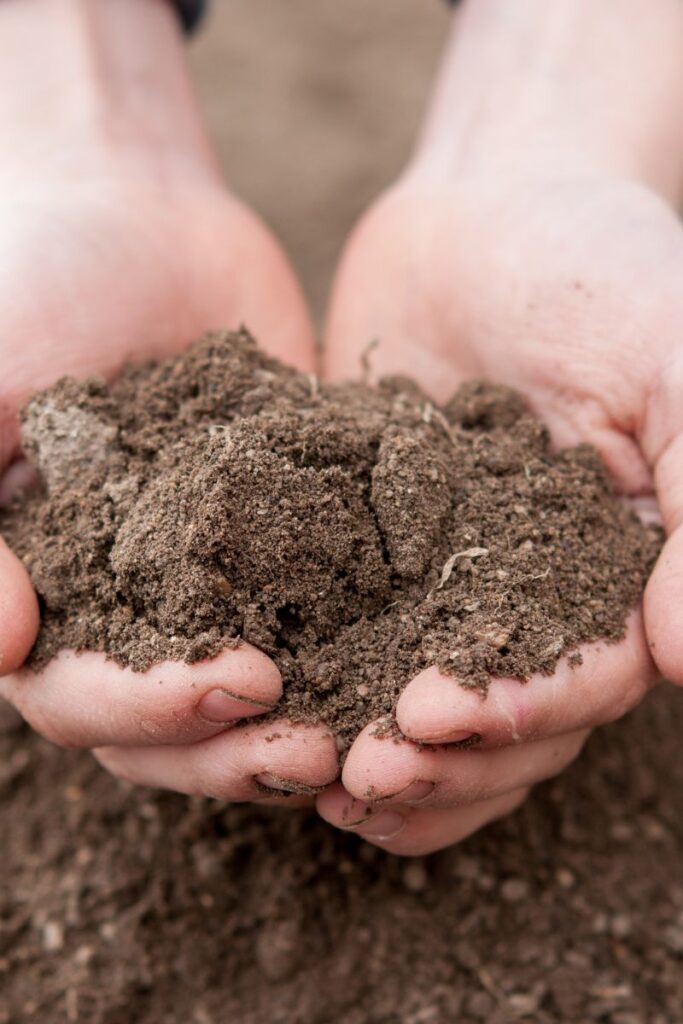
Step-by-Step Guide to DIY Organic Fertilizer Recipe
Ingredients:
- Compost: Nutrient-rich compost from your compost bin or pile.
- Worm Castings: Harvested from your vermiculture system or these worm castings
- Measuring Tools: Measuring cups or scales for accurate proportions.
Instructions:
- Gather Materials
Compost: Collect nutrient-rich compost from your compost bin or pile. Ensure that the compost is well-aged and fully decomposed.
Worm Castings: Harvest worm castings from your vermiculture system. These nutrient-packed worm waste products will enrich your fertilizer blend.
Measuring Tools: Prepare measuring cups or scales to ensure accurate proportions. - Prepare Ingredients
Measure out equal parts of compost and worm castings. For example, if you’re using one cup of compost, use one cup of worm castings.
- Mix Thoroughly
Transfer the measured compost and worm castings into a mixing container. Use a garden trowel or hand shovel to thoroughly mix the two ingredients together. Ensure that the mixture is well-blended for consistent nutrient distribution.
- Check Consistency
As you mix, assess the consistency of the blend. It should have a uniform texture and appearance, with no clumps or pockets of unmixed material.
- Adjust Proportions (If Necessary)
If the mixture seems too dry or too moist, adjust the proportions accordingly. Add more compost or worm castings to achieve the desired consistency.
- Store for Future Use
Transfer the prepared fertilizer blend into an airtight container for storage. Keep it in a cool, dry place away from direct sunlight. Properly stored, the fertilizer can last for several months.
- Application
When ready to fertilize your Monstera, sprinkle a thin layer of the homemade fertilizer onto the soil surface around the base of the plant. Alternatively, mix the fertilizer into the top layer of potting soil. Water the plant thoroughly after applying the fertilizer to help nutrients penetrate the soil and reach the plant’s roots.
- Repeat as Needed
Monitor your Monstera’s growth and vitality, and fertilize as needed based on its nutritional requirements. Repeat the fertilization process every few months or as recommended for optimal plant health.
By following these simple steps, you can create a homemade organic fertilizer blend that will nourish your Monstera and promote healthy growth and vibrant foliage!

Retail Options for Fertilizing Monstera
Not into worm castings or kitchen scraps? No worries, I’ve got you covered with retail options for fertilizing your Monstera. Synthetic liquid fertilizers offer a convenient and affordable alternative to DIY options. They are readily available and easy to use, making them ideal for busy plant enthusiasts. Additionally, some synthetic fertilizers come in pre-diluted or foaming pump forms, which are perfect for those with smaller plant collections or who prefer a mess-free application process. Here are some retail options:
Tip: Here are some indoor plants that thrive with a similar fertilizer mixture to Monstera: Philodendron, Pothos, Peace Lily, Spider Plant, Snake Plant, Fiddle Leaf Fig, Rubber Plant, ZZ Plant, Chinese Evergreen, Dracaena

Signs of Excess Fertilizer: Recognizing Over-Fertilization in Your Plants
Below is a comprehensive chart detailing the signs of excess fertilizer, illustrating the delicate balance between providing adequate nutrients and the risk of over-fertilization. While fertilizing is essential for plant health, it’s crucial to recognize signs of over-fertilization as it can harm your plants.
| Signs of Too Much Fertilizer | Description |
|---|---|
| Fertilizer Burn | Brown, scorched patches on leaves due to excess salts in the fertilizer damaging the roots. |
| Wilting or Drooping Leaves | Leaves appear limp or droopy as roots become overwhelmed by nutrient concentration. |
| Yellowing or Browning Leaf Edges | Edges of leaves turn yellow or brown, resembling leaf scorch, due to excessive nutrients. |
| Stunted Growth | Hindered growth patterns caused by an imbalance of minerals from excess fertilizer. |
| Algal Blooms | Green algae growth on soil surface in containers with excess fertilizer runoff. |
| Root Damage | Damage to roots leading to root rot or decay over time from excessive fertilizer. |
Frequently Asked Questions About The Best Fertilizer for Monstera Deliciosa And Adansonii
The best time to fertilize your Monstera plant is during its growing season, which typically spans from early spring to late fall (April to September). Fertilizing during this period supports optimal growth and development.
For Monstera Deliciosa plants, it’s recommended to fertilize them with a balanced houseplant fertilizer every 1-2 times per month during the growing season. During the fall and winter months, you may reduce the frequency or pause fertilization altogether as the plant enters its dormant phase.
Monstera plants thrive with a fertilizer that has a balanced NPK ratio, preferably in the ratio of 3-1-2 (Nitrogen-Phosphorus-Potassium). Options include organic plant food, synthetic liquid fertilizers, or granular fertilizers. Choose a fertilizer that suits your preferences and the needs of your Monstera for optimal results in growth and foliage health.

Ah, so there you have it, folks! Your Monstera’s all set for some TLC with the perfect plant food. Whether you’re nurturing your indoor jungle or just adding a touch of tropical flair to your space, keeping an eye on those aerial roots and heart-shaped leaves will ensure your Monstera’s new growth is nothing short of spectacular. Remember, when it comes to fertilizer, a little goes a long way—no need for a gallon of water, just the right amount at the correct time. And if you ever spot those pesky brown spots or yellow spots, don’t fret! It’s all part of the fun in caring for your common Monstera. So, here’s to happy, healthy plants, and may your Monstera vines grow as wild as your love for indoor gardening!
Thank you for visiting the blog today to learn about The Best Fertilizer for Monstera Deliciosa And Adansonii. Please let me know in the comments if you have any questions. Also, feel free to share your preferred method of fertilizing your Monstera!
Happy Plant Parenting!

References:
- Quick guide to fertilizing plants. (n.d.). UMN Extension. https://extension.umn.edu/manage-soil-nutrients/quick-guide-fertilizing-plants ↩︎
- Editorial: Micronutrients: The Borderline Between Their Beneficial Role and Toxicity in Plants. Chrysargyris, A., Höfte, M., Tzortzakis, N., Petropoulos, S. A., & Di Gioia, F. (2022). Frontiers in Plant Science, 13, 840624. https://doi.org/10.3389/fpls.2022.840624 ↩︎
- Composting at home | US EPA. (2023, December 18). US EPA. https://www.epa.gov/recycle/composting-home ↩︎
- The Basics of Vermicomposting – Oklahoma State University. (2017, February 1). https://extension.okstate.edu/fact-sheets/the-basics-of-vermicomposting.html ↩︎

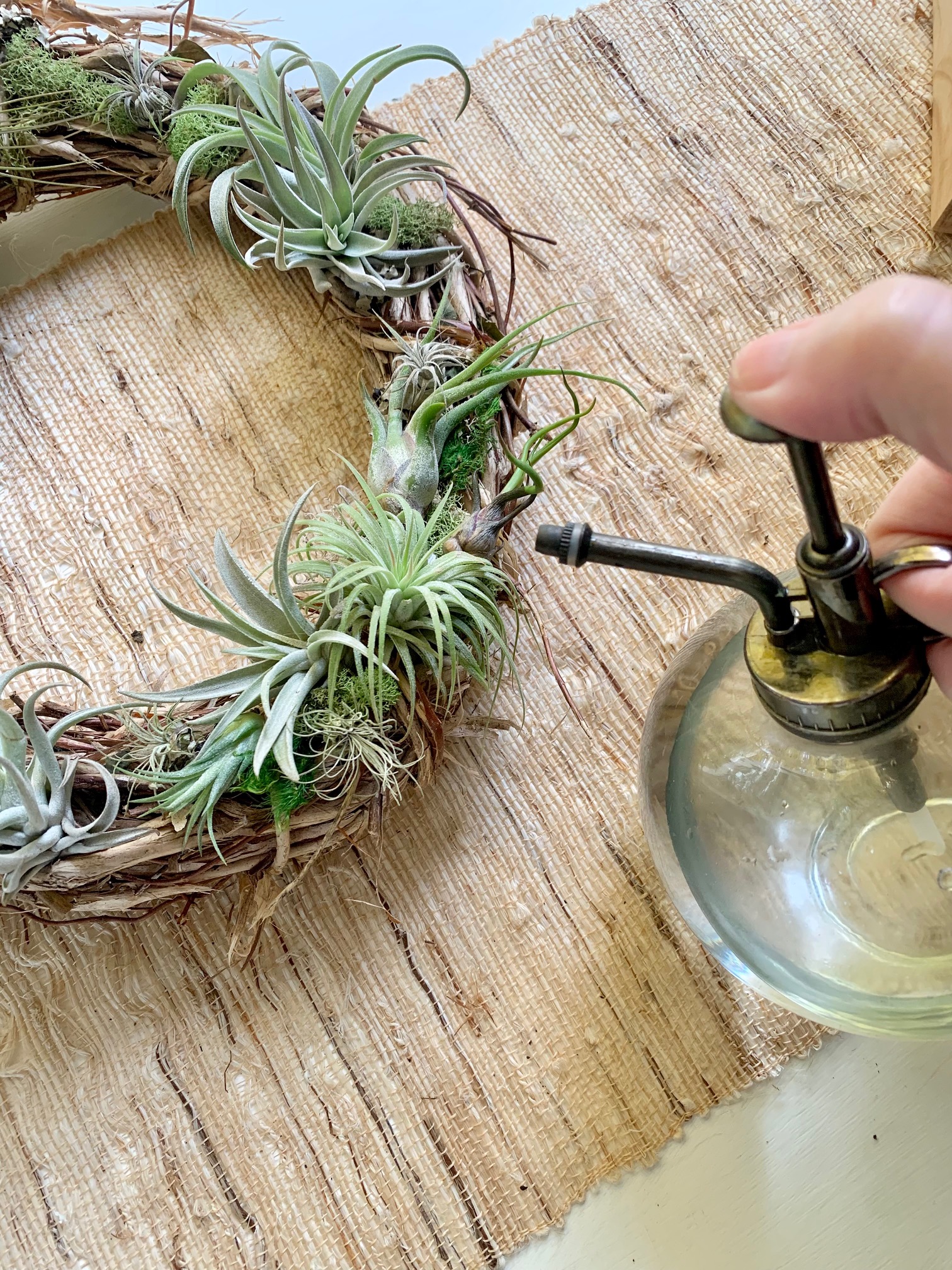
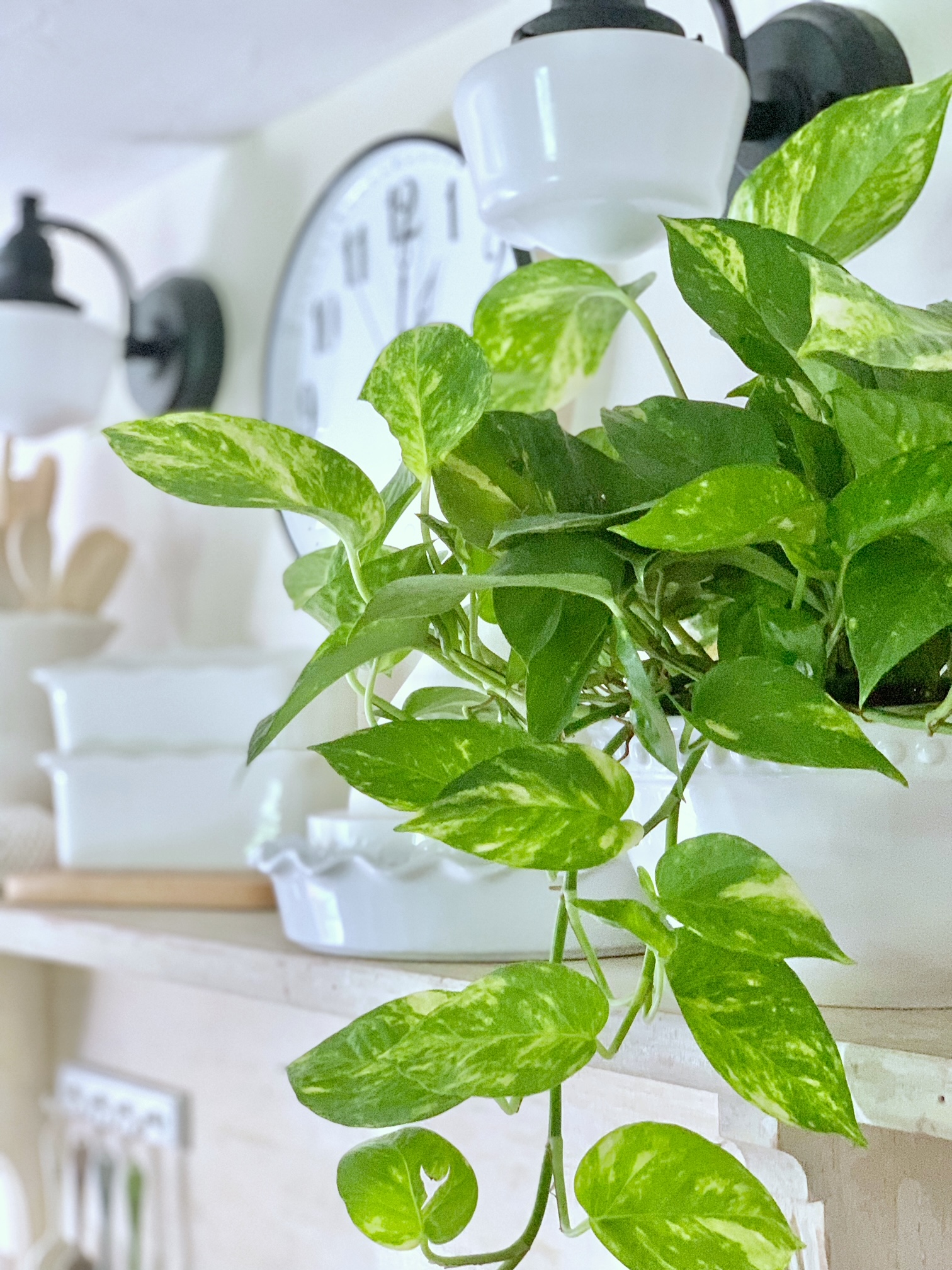
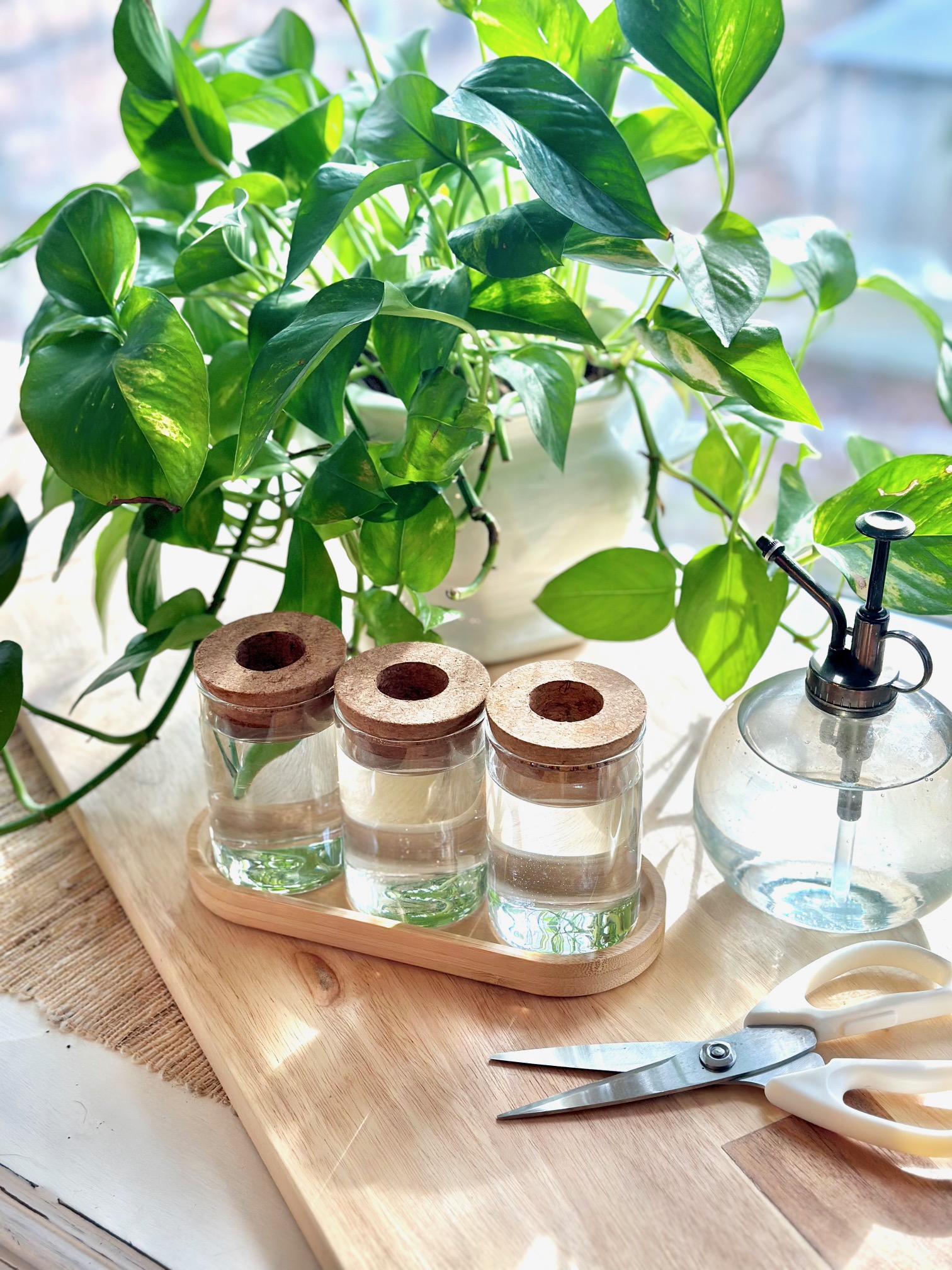
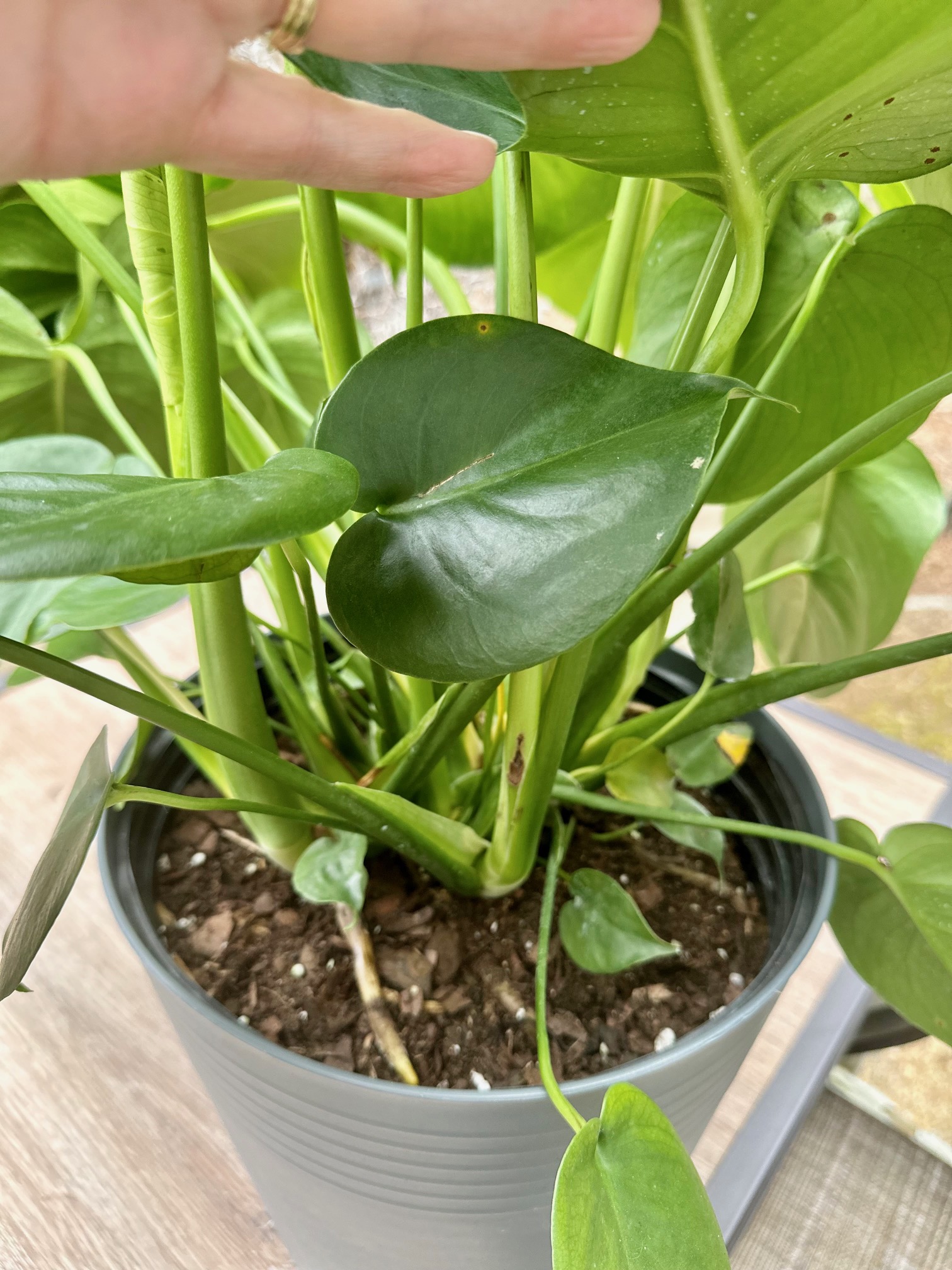
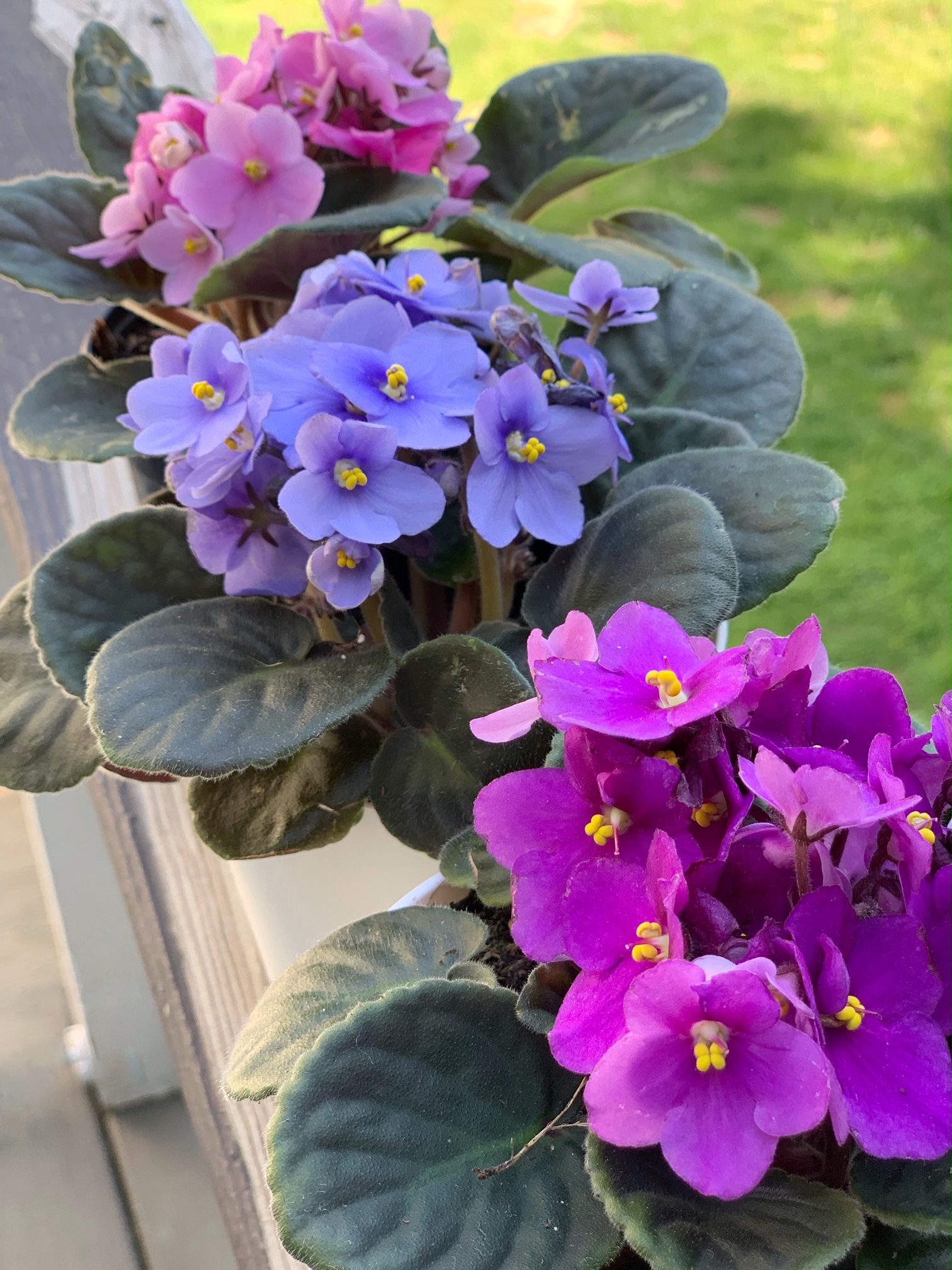
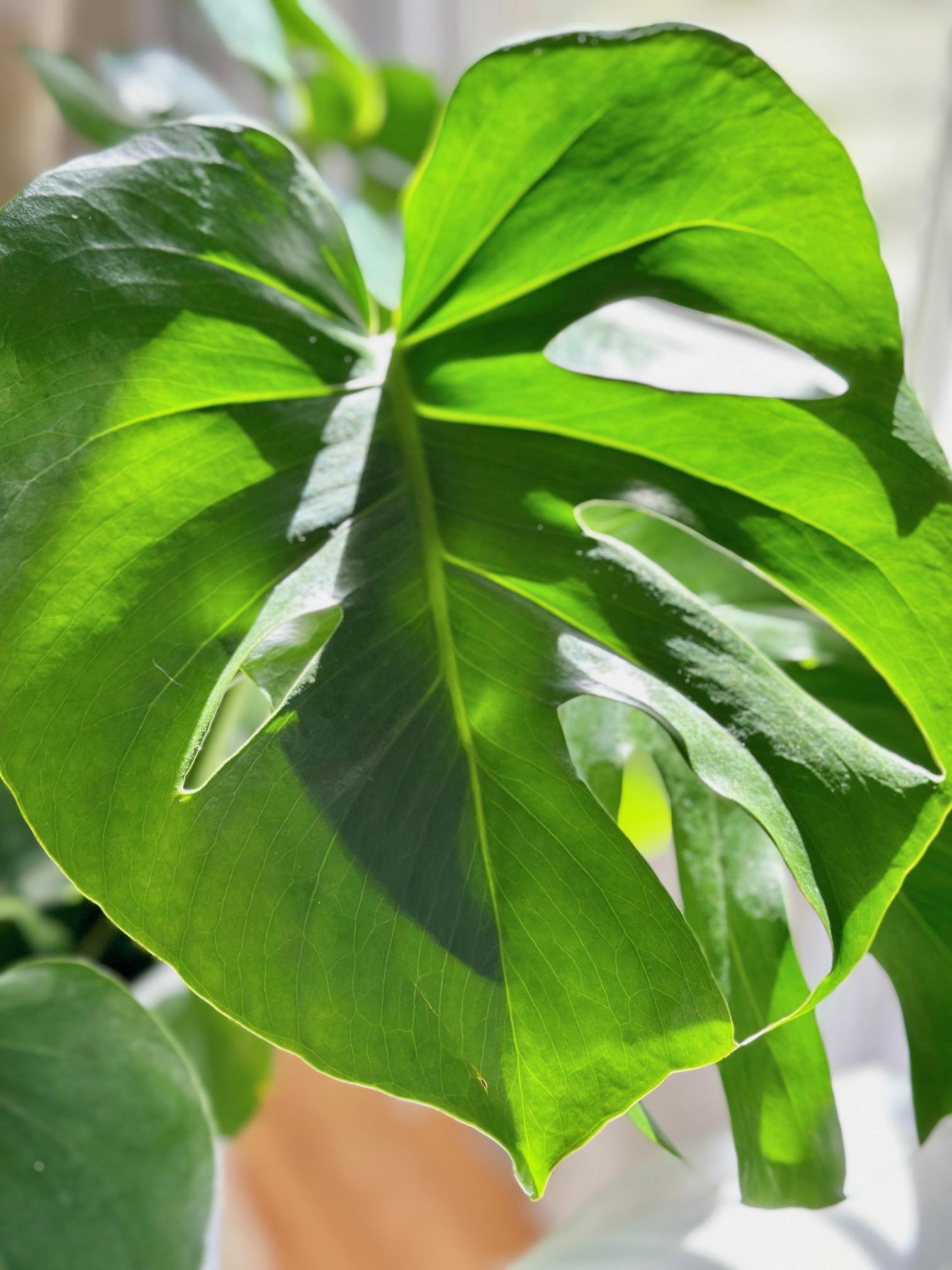
Informative, I just bought a Thai constellation and want it to do well,,,to the fact that it was expensive,,thanks
Oooh, beautiful plant! Good luck with it, I hope this fertilizer helps.